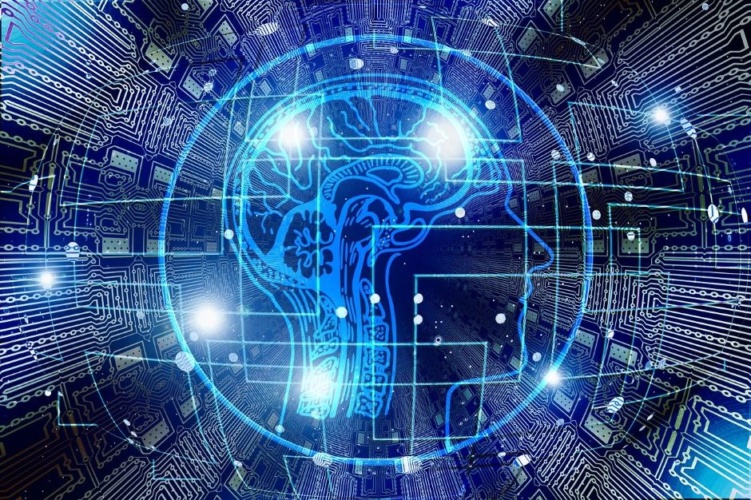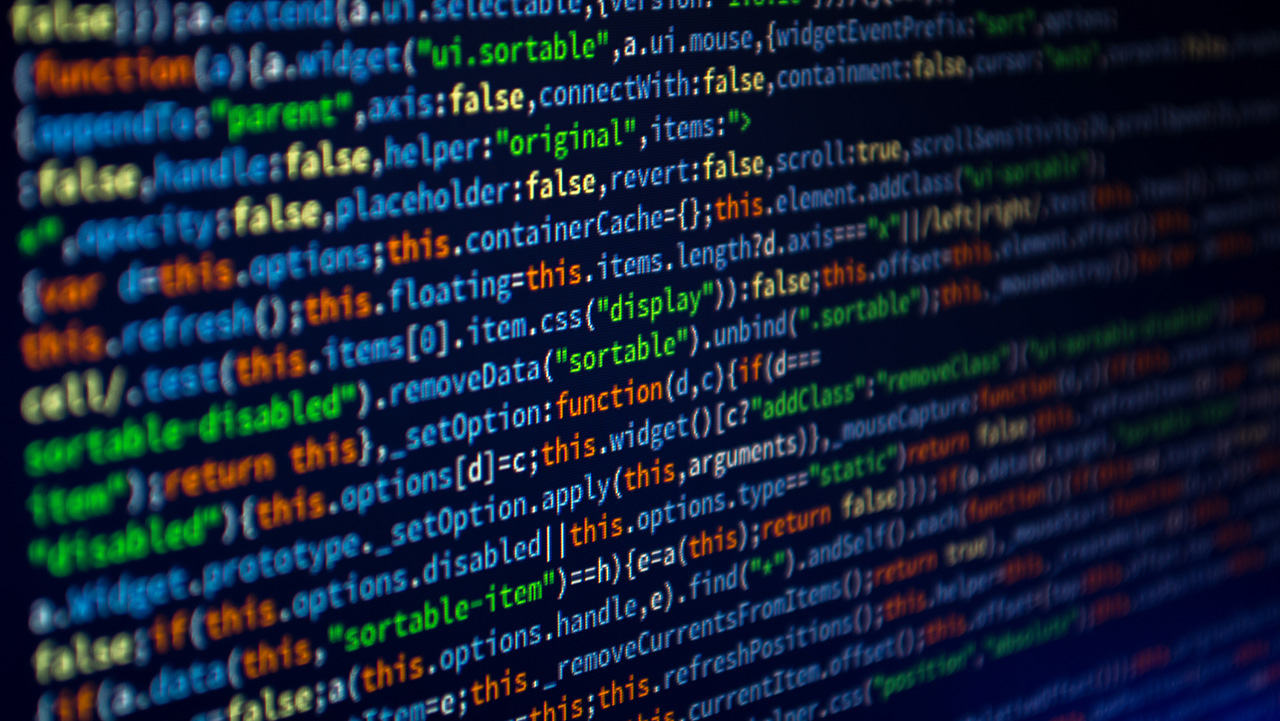As we delve into the world of AI detector algorithms, it becomes evident that the field is vast and ever-evolving. In this article, we will explore three key analyzing detection algorithms that are making waves in the industry.
These algorithms play a critical role in detecting and identifying anomalies, patterns, and trends within vast volumes of data. Their effectiveness and precision are reshaping how organizations approach data analysis and decision-making processes.
By understanding the capabilities and limitations of these algorithms, we can gain valuable insights into the advancements being made in artificial intelligence technology.
1. Overview of AI Detector Algorithms

The field of AI detector algorithms offers a diverse range of solutions for analyzing and detecting various types of data. These algorithms utilize advanced techniques to identify patterns, anomalies, and other trends within vast datasets.
By leveraging machine learning and deep learning capabilities, AI detector algorithms can efficiently process and interpret complex information to provide valuable insights for decision-making processes. From image and video recognition to natural language processing, these algorithms continue to evolve and improve to meet the growing demands of modern technology applications.
With their ability to adapt and learn from new information, AI detector algorithms play a crucial role in enhancing the efficiency and accuracy of detection processes across industries.
2. Types of Detection Algorithms

There are various types of detection algorithms used in artificial intelligence, each with its own unique approach and capabilities. Some algorithms utilize pattern recognition to identify specific signals or trends, while others rely on statistical analysis to detect anomalies in data.
Additionally, machine learning algorithms are commonly used in detection processes, enabling AI systems to continuously learn and adapt to new information. By integrating multiple types of algorithms, AI detectors can effectively identify and respond to a wide range of threats and abnormalities in real-time, providing a valuable tool for enhancing security and optimizing decision-making processes.
3. Performance Metrics for Detection Algorithms

In evaluating the effectiveness of detection algorithms, it is essential to consider various performance metrics to ensure their accuracy and reliability. These metrics can include precision, recall, F1 score, and area under the receiver operating characteristic curve (AUC-ROC).
Precision refers to the proportion of true positive detections out of all positive detections, while recall measures the proportion of true positives that were correctly identified by the algorithm. The F1 score is a harmonic means of precision and recall, providing a balance between the two metrics.
AUC-ROC, on the other hand, quantifies the algorithms’ ability to distinguish between positive and negative samples. By analyzing these performance metrics, researchers can gain insights into the strengths and limitations of detection algorithms, ultimately leading to improvements in their overall effectiveness and efficiency.
Conclusion
In conclusion, AI detector algorithms play a crucial role in analyzing and detecting various objects, patterns, or anomalies in different domains. The three analyzing detection algorithms discussed in this article highlight the advancements in AI technology and its potential for improving efficiency and accuracy in detection tasks.
As AI continues to evolve, these algorithms will undoubtedly see further enhancements and applications in areas such as security, healthcare, and autonomous systems. The development and implementation of AI detector algorithms hold promise for a future where intelligent systems can assist and augment human capabilities in diverse fields.


